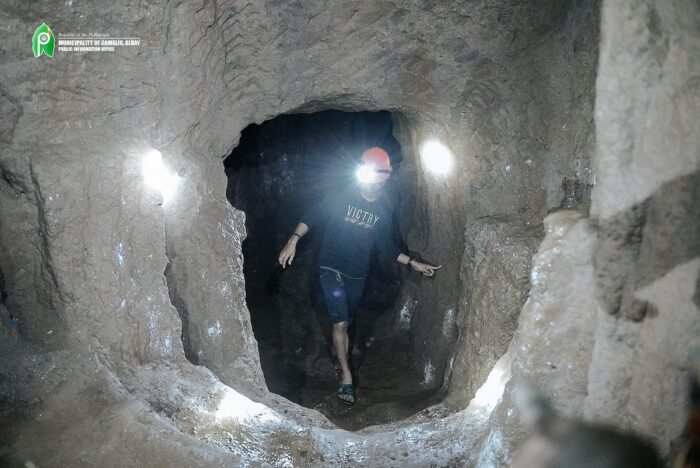Visit the Japanese Tunnel in Camalig – A Piece of WWII History
During World War II, the Philippines was occupied by Japan, and many structures were built to support the war effort. One such structure is the Japanese Tunnel located in Camalig, Albay. The tunnel was built by the Japanese Imperial Army in the 1940s and served as a fortress for the occupying forces.
Recently, the Japanese Tunnel has been opened to the public as a historical tourism site. The tunnel is considered a significant part of the country’s history and is expected to boost local tourism and cultural heritage. Extensive restorations were conducted to ensure the safety of tourists and visitors.
Visitors to the Japanese Tunnel can take a guided tour of the site and learn about its history. The tunnel is notable for its strategic importance and for being the location where American forces overcame Japanese resistance, signaling a turning point in Albay and in the entire Bicol Region during the war. The opening of the Japanese Tunnel is an exciting development for Camalig town, promising additional livelihood opportunities for residents.
Historical Context
Japanese Occupation of the Philippines
During World War II, the Japanese Imperial Army occupied the Philippines from 1942 to 1945. The occupation was marked by widespread human rights abuses, including forced labor, rape, and murder. The Japanese soldiers were ruthless in their treatment of the Filipino people, and the country suffered greatly under their rule.
Role of Camalig’s Tunnels in World War II
Camalig, a town in Albay province, played a significant role in the war effort against the Japanese. The town was strategically located and was a key point of resistance against the Japanese forces. The Japanese Imperial Army recognized the importance of Camalig and established a number of tunnels in the area to serve as fortresses and headquarters.
One of the most notable tunnels is the Japanese Tunnel at Quituinan Hill in Barangay Tinago. The tunnel, which is 35 meters long and two meters wide, was used as a fortress by the Japanese Imperial Army during their occupation in the 1940s. It was a site of significant strategic importance and was the location where American forces overcame Japanese resistance, signaling a turning point in Albay and in the entire Bicol Region during the war.
Today, the Japanese Tunnel in Camalig…
Click Here to Read the Full Original Article at Out of Town Blog…
